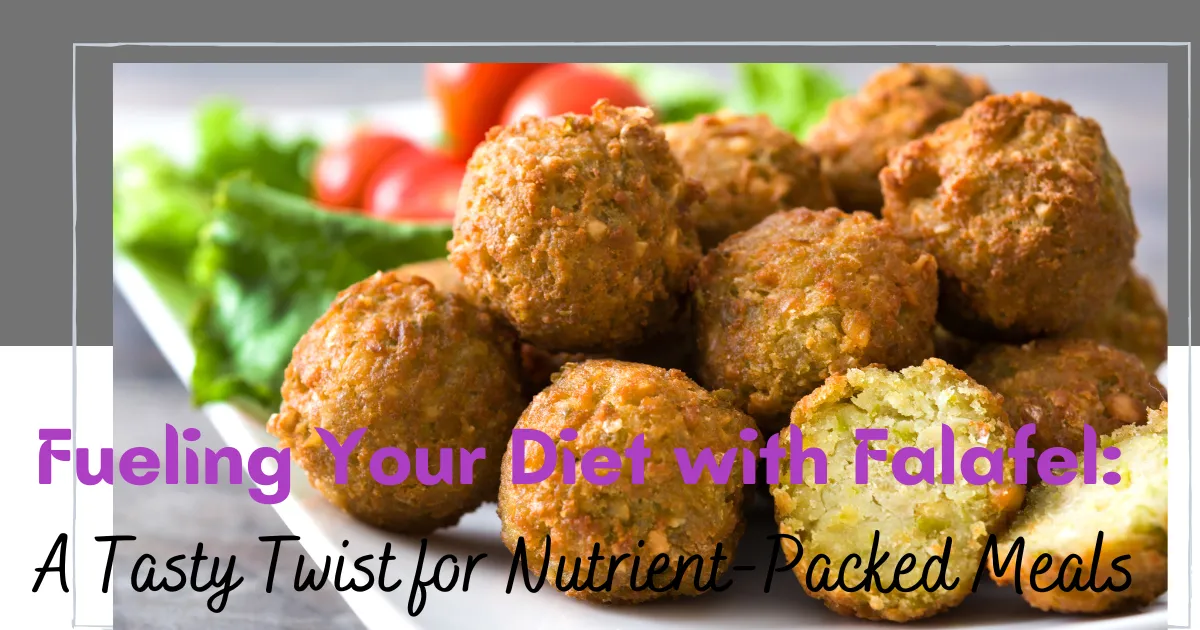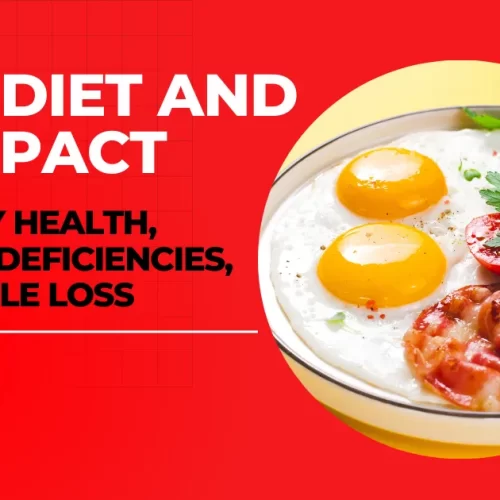Last updated on August 17th, 2025 at 08:39 am
Falafel, a popular Middle Eastern dish, has sparked debates about its origin for years. While the exact origin remains uncertain, it is widely believed to have originated in Egypt, where the falafel ingredients vary from fava beans and is called “ta’amiya.”
Over time, falafel has spread to other countries in the region, including Lebanon and Israel, each adopting their unique versions of the dish.
Falafel: A Tale of Three Countries
Falafel, a famous Middle Eastern dish, has diverse flavors and ingredients depending on the country where it is prepared. Let’s delve into the distinct characteristics of Lebanese, Egyptian, and Israeli falafel.
Lebanese Falafel
Lebanese falafel is primarily made from chickpeas mixed with various spices, such as cumin, coriander, and garlic. Parsley and cilantro are often added for extra flavor and color. It is typically served on pita bread with a generous amount of tahini sauce, fresh vegetables, and pickles.
Egyptian Falafel
In Egypt, fava beans, not chickpeas, are the primary ingredient of falafel. This gives the falafel a lighter, moister texture. Coriander, parsley, leek, and garlic are commonly added to enhance the flavor. Egyptian falafel is often served in a pita, similar to the Lebanese style, with tahini, fresh veggies, and sometimes pickled eggplant.
Israeli Falafel
Israeli falafel shares many similarities with Lebanese falafel, using chickpeas as its main ingredient. However, Israeli falafel balls are usually more petite and have a slightly crunchier texture. They’re served in a pita and include a variety of fillings, such as hummus, pickled vegetables, salad, and tahini sauce.
While these falafels have regional differences, they all share flavorful, satisfying, and highly nutritious characteristics. It’s a testament to the rich and diverse culinary traditions across the Middle East.
Falafel Ingredients: A Nutritious Addition to Various Diets
- Protein Source
Falafel is made from chickpeas, which are rich in protein. A serving of falafel can provide up to 5 grams of protein, making it a great alternative to meat or other animal-based protein sources. This makes falafel a perfect addition to a vegetarian or vegan diet. Vegetarian and Vegan: Falafel is made from plant-based ingredients
Mediterranean Diet: Falafel is a typical dish in Middle Eastern cuisine, which is part of the Mediterranean diet. This diet emphasizes whole grains, legumes, vegetables, fruits, and healthy fats like olive oil. When consumed in moderation, falafel can be a healthy addition to this diet.
Gluten-Free Diet: Traditional falafel recipes are usually gluten-free, using chickpea or fava bean flour instead of wheat flour. However, it is essential to check the specific ingredients and preparation methods to ensure the falafel is gluten-free, especially at restaurants.
High-Fiber Diet: Falafel is a good source of dietary fiber due to its legume base. A high-fiber diet can help improve digestion, regulate blood sugar levels, and support weight management.
While falafel can be included in various diets, it is essential to consider the preparation method. Deep-fried falafel may not be suitable for weight loss or low-fat diets, but baking or air-frying falafel can be a healthier alternative. Additionally, portion control and balanced accompaniments are crucial when incorporating falafel into any diet plan.
Secrets to Perfect, Crispy Falafel Balls – Fried vs Baked
Fried and baked falafel both have their unique merits and drawbacks. Let’s take a look at each preparation style.
Fried
Pros:
- Traditionally, falafel is deep-fried, yielding a crispy exterior and a moist, flavorful interior.
- The deep-frying process gives it a distinct taste that many find irresistible.
Cons:
- Deep-fried falafel is higher in calories and fat due to the additional oil absorbed during frying.
- If not cooked correctly, it can become overly greasy.
Baked
Pros:
- Baked falafel is typically lower in fat and calories, making it a healthier option.
- Baking is a more straightforward, less messy process compared to deep-frying.
Cons:
- The texture may be less crispy and slightly drier than the fried version.
- Some argue that baking alters the traditional taste of falafel.
Low-Calorie Baked Falafel Recipe
Ingredients:
- 1 cup dried chickpeas
- 1/2 large onion, roughly chopped (about 1 cup)
- Two tablespoons chopped fresh parsley
- Two tablespoons chopped fresh cilantro
- One teaspoon salt
- 1/2-1 teaspoon dried hot red pepper
- Four cloves of garlic
- One teaspoon cumin
- One teaspoon baking powder
- 4-6 tablespoons flour
- Soy or olive oil for brushing
A step-by-step Guide to Homemade Falafel – Instructions:
- Soak chickpeas overnight, then drain. Or use canned chickpeas, rinsed.
- Place drained, uncooked chickpeas and onions in the bowl of a food processor fitted with a steel blade. Add the parsley, cilantro, salt, hot pepper, garlic, and cumin. Process until blended but not pureed.
- Sprinkle in the baking powder and four tablespoons of the flour, pulse. You want to add enough bulgur or flour so that the dough forms a small ball and no longer sticks to your hands. Turn into a bowl and refrigerate, covered, for several hours.
- Form the chickpea mixture into balls about the size of walnuts, or use a falafel scoop, which is available in Middle Eastern markets.
- Place on a baking sheet, brush the tops with oil, and bake in a preheated 375°F oven for 20-25 minutes until golden brown and crispy.
This recipe makes about 18 falafels. Each falafel is approximately 50-60 calories.
Note: The actual calorie content can vary depending on the size of the falafels and the exact ingredients used. Always calculate the nutritional information based on your specific products to achieve the most accurate information.
Gluten-free Falafel Variations
Nutritional Benefits Of Falafel In Salads
Incorporating falafel into salads significantly enhances their nutritional value. Falafel, primarily made from chickpeas, is rich in protein, fiber, and complex carbohydrates, making it an excellent energy source. It also provides essential nutrients such as iron, magnesium, and B vitamins, which are crucial for energy metabolism and overall health.
Adding falafel to salads brings these benefits and a satisfying crunch and flavor, boosting the meal’s satiety level. This combination supports healthy digestion and sustained energy levels and can contribute to a balanced diet, which is particularly beneficial in vegetarian and vegan eating patterns.






